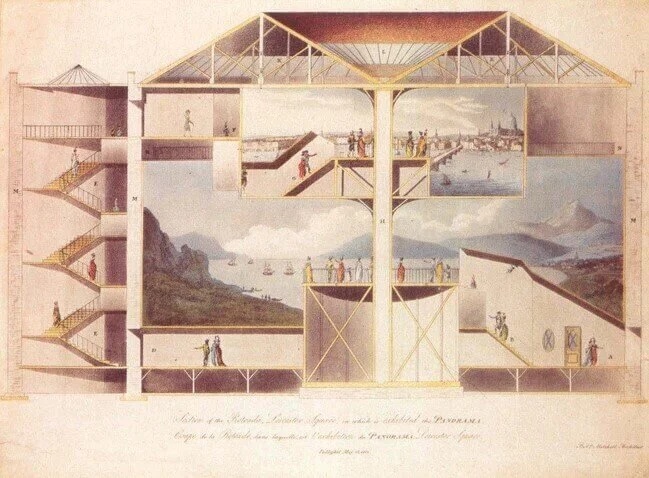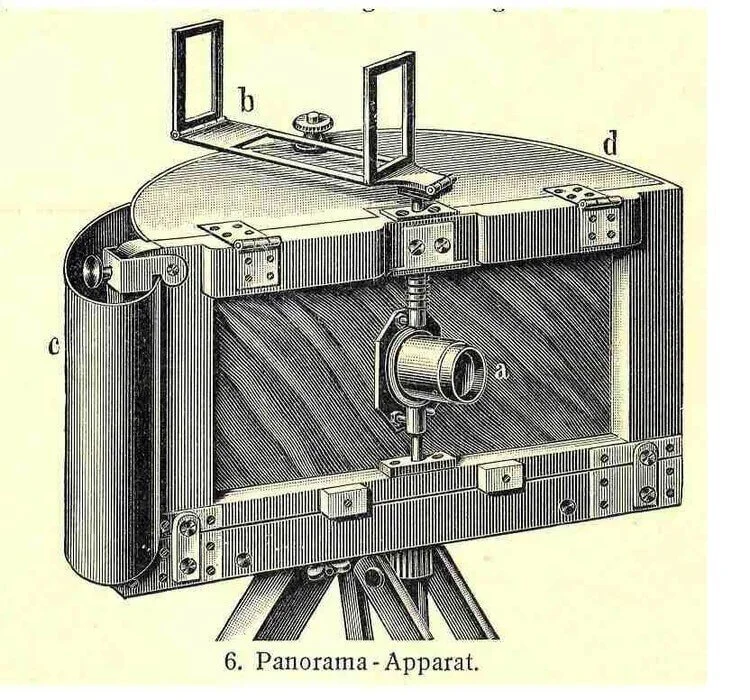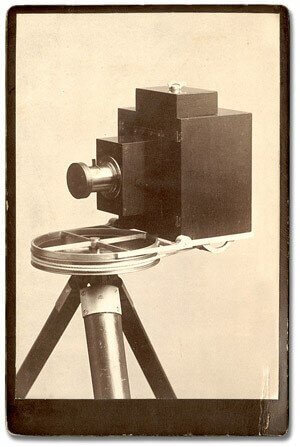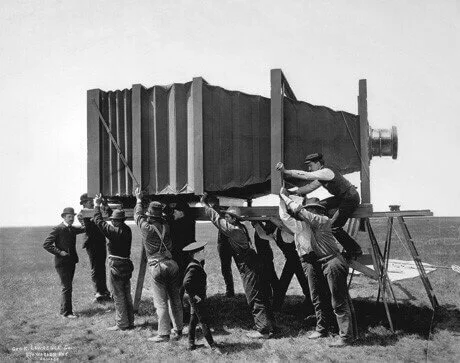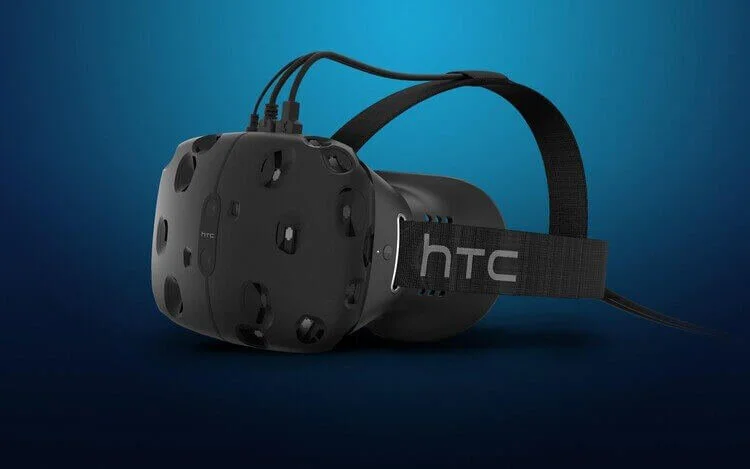The forgotten ancestors of Virtual Reality
The need to immerse audiences into a landscape or a battle scene is a lot older than most of us might think. One of the greatest attempts of past centuries was the panoramic painting.
The origin of the panorama can be traced to 1787 and the Irish Robert Barker who saw this medium as a "kind of pattern for organising visual experience".
The word "panorama", from Greek pan ("all") horama ("view") was also coined by him in 1792 to describe his paintings of Edinburgh, Scotland shown on a cylindrical surface, which he was soon exhibiting in London, as "The Panorama".
Section of the Rotunda, Leicester Square, 1801. Burford's Panorama, Leicester Square: cross section
Panorama was soon adopted and independently produced by several European painters around this period. As a result of exhibit competition spin-off names were created including cosmorama, noctorama, diomonorama, paleorama, pleorama, georama, caricaturama, and mareorama.
Panorama of London — observation tower
Grimoin-Sanson's Cineorama Air-Balloon Panorama, 1900
How Grimoin-Sanson’s Cineorama works. The experience had to be shut down after a few days due to the risk of the overheating projectors inside the wooden structure
The contemporary spectator described a ‘shiver running down his spine’ upon entering the panorama rotunda, witnessing the reality of the depicted scene.
Vanessa Schwartz points out in her study of early mass culture that the panorama's immersiveness "lay not so much in the actual quality of the panorama's realistic representation of a particular place (for few in the audience would have stood before the actual site and therefore could judge the quality of the copy) as in its technological illusionism."
Vanessa R. Schwartz, Spectacular Realities: Early Mass Culture in Fin-de-Siecle France. (Berkeley: University of California Press, 1998), p.153.
According to Richard Altick, the panoramic experience “was so designed that two of the forces which militate against perfect illusion in a gallery painting — the limiting frame and standards of size and distance external to the picture itself — were eliminated… The intrusive elements of the spectator’s surroundings being blacked out, the world in which they were entwined consisted exclusively of the landscape or cityscape depicted on the canvas suspended thirty feet away.”
(Richard Altick, The Shows of London [Cambridge: Harvard University Press, 1978], p.132-3).
Since achieving the ‘wow’ effect was the primary goal of the panorama, it was judged inferior to fine arts, although the panorama undoubtedly played an influential role in the subject matter and scale of landscape painters of the 18th century.
– Framed article:
Cyclorama and illusionism in entertainment
The 1899 dramatisation of the novel Ben Hur was a Broadway smash hit. The main spectacle was the use of a live chariot race using real horses and real chariots set against a cyclorama. It ran for 21 years, and was seen by over 20 million people. The Era's drama critic detailed how it was achieved by ‘four great cradles, 20ft in length and 14ft wide, which are movable back and front on railways’. The horses galloped full-pelt towards the audience, secured by invisible steel cable traces and running on treadmills. Electric rubber rollers spun the chariot wheels. A vast cyclorama backdrop revolved in the opposite direction to create an illusion of massive speed, and fans created clouds of dust. The critic for The Illustrated London News described it as ‘a marvel of stage-illusion’ that was ‘memorable beyond all else’. The Sketch's critic called it ‘thrilling and realistic ... enough to make the fortune of any play’ and noted that ‘the stage, which has to bear 30 tons' weight of chariots and horses, besides huge crowds, has had to be expressly strengthened and shored up’. It went on to inspire the multi-oscar winning 1959 film adaptation of Ben Hur, starring Charlton Heston - featuring the key live chariot race of course. (Source)
1899 poster from the Broadway premiere
Not long after, however, in 1826 Joseph Nicéphore Nièpce, a french inventor created photography. Factual and documentary painting, including landscape art and panoramas, thus hit a crisis. As exciting as it was to indulge in large scale paintings of the battle of Waterloo, it became old fashioned when photography hit the market and displayed scenes even more realistically. However photography was restricted to a certain scale in the beginning. The invention of the first panoramic photo camera didn’t take long. Joseph Puchberger from Austria invented the first hand crank driven swing lens panoramic camera in 1843.
Joseph Puchberger’s panoramic camera
Via archives.gov.on.ca - John Connon's whole circuit panoramic camera was the first camera to record 360 degrees of the horizon on a long roll of film.
But Herr Puchberger’s camera only recorded a 150 degree field of view instead of a full 360 degree view. Hence in 1857 M. Garrela, an englishman, patented a rotating camera. This was the first camera capturing a full 360 degree view using clockwork mechanics.
Following the invention of flexible film (instead of heavy glass plates) in 1888, many panoramic cameras in Europe and the United States were invented and made panoramic photography known and loved by a broad audience.
Unfortunately the cameras used at the time were extremely heavy and incredibly difficult to operate. Creating photographs with panoramic cameras was neither an easy task nor affordable. The main purpose of these heavy beasts was to photograph landscapes in high resolution for documentary, military and scientific purposes.
The Hitherto Impossible: The Mammoth
In 1900, Chicago and Alton Railroad wanted to take a large panoramic photo of an entire train. George Lawrence, whose company's tagline read "The Hitherto Impossible in Photography Is Our Specialty," came forward. He designed and built the "Mammoth," a massive camera that weighed 1,400 pounds (635 kg) and required fifteen operators! The resulting 8.5ft x 4.5ft (2.6m x 1.4m) picture, though initially called a fake by critics, was later awarded "Grand Prize of the World for Photographic Excellence".
By our age the ‘magical device’ that can create a panoramic photograph – not mentioning motion picture – shrank to the size of a baseball that can fit in our pocket or can be mounted on a helmet, surfboard, mountain bike, racing car, make a choice.
Companies such as Nokia, GoPro among many others on crowdfunding websites are creating their own 360 panoramic frames and 360 spherical rigs to capture the world in a way it has never been done before.
360Fly camera
Add to that the increasing number of pioneering engineers at Oculus, HTC-Valve, Sony, Microsoft, MagicLeap – to say the least – that work on forms of displaying all that content that is now generated by not only specialists or the gaming industry but the everyday people around the globe, and watch a whole new level of illusionism unfolding in front of us. No doubt this is a fascinating age to live in.
Vive Virtual Reality headset by HTC and Valve

